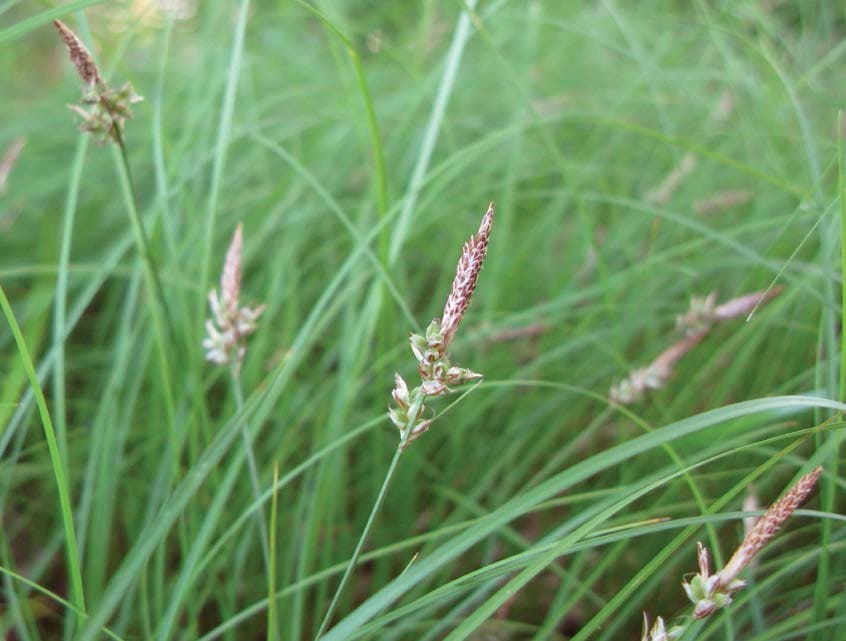Introduction
Welcome to the ultimate guide on Carex pensylvanica, a versatile and resilient plant commonly found in various habitats across North America. In this article, we’ll delve deep into the world of Pennsylvania sedge, exploring its characteristics, cultivation techniques, ecological significance, and much more. Whether you’re a seasoned gardener, a nature enthusiast, or simply curious about native plants, join us on this journey to uncover the wonders of Carex pensylvanica.
Overview of Carex Pensylvanica
Carex pensylvanica, also known as Pennsylvania sedge or oak sedge, is a perennial grass-like plant belonging to the Carex genus. Native to North America, particularly the eastern and central regions, this species is renowned for its adaptability and ecological value. With slender, arching foliage and a spreading habit, Pennsylvania sedge offers both aesthetic appeal and functional benefits in various landscapes.
Characteristics of Carex Pensylvanica
Pennsylvania sedge is characterized by its narrow, grass-like leaves that form dense clumps or mats. The foliage typically ranges from green to bluish-green, adding subtle color and texture to garden settings. Unlike traditional grasses, Carex pensylvanica produces inconspicuous flowers and seeds, with its ornamental value primarily attributed to its foliage.
Cultivation and Maintenance
Planting Conditions: Carex pensylvanica thrives in a wide range of growing conditions, including full sun to partial shade and moist to dry soils. It is well-suited for various landscaping applications, such as woodland gardens, rockeries, and naturalized areas.
Planting Procedure: When establishing Pennsylvania sedge, ensure proper soil preparation by amending with organic matter and providing adequate drainage. Plant divisions or container-grown specimens at the desired spacing, and water thoroughly to promote root establishment.
Maintenance Tips: Once established, Carex pensylvanica requires minimal maintenance, making it an ideal choice for low-maintenance landscapes. Occasional watering during dry spells and annual mulching can help maintain soil moisture and suppress weeds. Additionally, light pruning in late winter or early spring can rejuvenate the foliage and promote healthy growth.
Ecological Significance
Pennsylvania sedge plays a vital role in ecosystem health and biodiversity, serving as a valuable habitat and food source for various wildlife species. Its dense foliage provides cover and nesting sites for small mammals, birds, and insects, while the seeds and foliage offer sustenance to native wildlife throughout the year.
Landscaping Applications
Ground Cover: With its spreading habit and dense foliage, Carex pensylvanica is well-suited for ground cover applications in both residential and commercial landscapes. Use it to carpet shady areas under trees, along pathways, or as a border plant for added visual interest.
Erosion Control: Due to its fibrous root system and soil-binding properties, Pennsylvania sedge is an effective erosion control solution for slopes, embankments, and disturbed areas. Planting it in erosion-prone sites helps stabilize the soil and prevent runoff.
FAQs (Frequently Asked Questions)
1. What is the ideal growing environment for Carex pensylvanica? Pennsylvania sedge thrives in moist to dry soils and can tolerate full sun to partial shade.
2. How often should I water Carex pensylvanica? While established plants are drought-tolerant, it’s advisable to water them during prolonged dry spells, especially in hot climates.
3. Does Carex pensylvanica require pruning? Light pruning in late winter or early spring can help maintain the plant’s shape and remove any damaged or discolored foliage.
4. Is Carex pensylvanica invasive? No, Pennsylvania sedge is not consider invasive and poses no threat to native ecosystems.
5. Can Carex pensylvanica be use in rain gardens? Yes, due to its tolerance for moist soils, Carex pensylvanica is an excellent choice for rain garden plantings.
6. How fast does Carex pensylvanica spread? While it has a moderate growth rate, Pennsylvania sedge can gradually spread to form dense colonies over time.
Conclusion
In conclusion, Carex pensylvanica stands out as a versatile and sustainable landscaping solution for various environments. Its ornamental foliage, ecological benefits, and low-maintenance nature make it a valuable addition to gardens, parks, and natural areas alike. By understanding its characteristics and cultivation requirements, gardeners and landscape enthusiasts can harness the full potential of Pennsylvania sedge to create beautiful and resilient landscapes.


